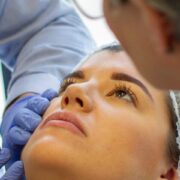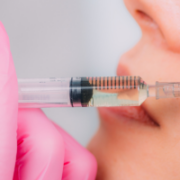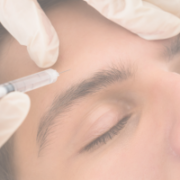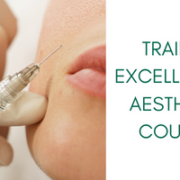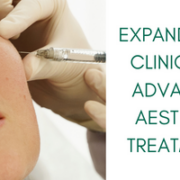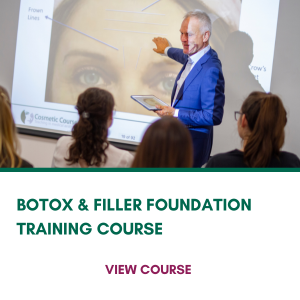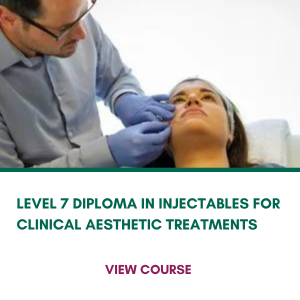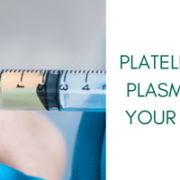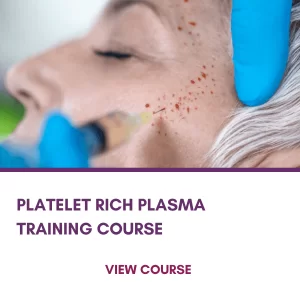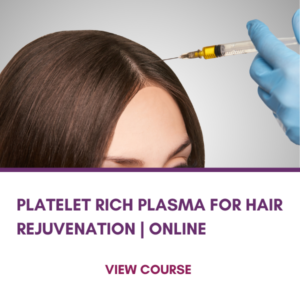Feel Good for Less as a Cosmetic Courses Model
As a Cosmetic Courses model, you will never be treated by someone who is not medically qualified. We take safety very seriously so on our training days, you will be under the watchful eye of our expert trainers. Prior to your appointment, you can expect a thorough consultation where our aesthetic practitioner will listen carefully to what’s important to you and share their own opinion on what type of treatments might benefit you based on this conversation.
Our aesthetic model treatments are open to everyone above 18
There’s no age limit to becoming an aesthetic model, but you must be over the age of 18. Prior to your appointment, you’ll be asked to attend a consultation. Our aesthetic practitioners will listen to you and share their opinion on what treatments will benefit you. You can find out more about aesthetic treatments as a model by clicking here.
https://cosmeticcourses.co.uk/become-a-cosmetic-courses-aesthetic-model/model-treatments/
We treat all our model patients the same as our private patients
Our aesthetic models are treated no differently than any of our other patients. We understand that you want to be treated with the same level of respect and professionalism as our private patients.
A qualified medical professional who is in training will carry out your aesthetic overseen by our expert trainers. The trainer will always be present during your treatment and will be available to answer any questions before, during, or after every aesthetic procedure. You can expect to feel comfortable knowing that you are in safe hands with a minimal chance of complications.
You may have to wait a little longer than normal for your treatment and we can’t guarantee that if the course is cancelled or moved we may have to cancel your treatment appointment.
Aesthetic Model Consultation
Every patient is different. You will be asked to attend a consultation where one of our aesthetic practitioners will listen to you. They will also share their opinions on what treatments will benefit you. This is not a one-size-fits-all process. Every patient is different meaning that every treatment plan should be tailored according to your needs and the best option for you. At Cosmetic Courses, we only use industry-leading products for our aesthetic treatments as your care remains our priority throughout the process.
Model Appointments
Becoming an aesthetic model is a fantastic way of getting high-standard non-surgical treatments at a discounted price. You can find out more about model appointments by clicking here.
cosmeticcourses.co.uk/become-a-cosmetic-courses-aesthetic-model/model-appointments/
Feel free to ask questions to make your experience as enjoyable as possible
The best thing you can do is ask questions. No question is a silly question. Our aesthetic practitioners and expert trainers are here to make you feel comfortable and safe. If something is not going as you hoped, please let us know and our aesthetic trainers will be willing to accommodate your requests and needs if possible.
Aesthetic Model Testimonials
View a testimonial from a Cosmetic Courses Aesthetic Model on her experience of having Jaw Filler treatment.
If you have any questions about becoming an aesthetic model or would like to book a treatment, please contact us on 01844 390110

